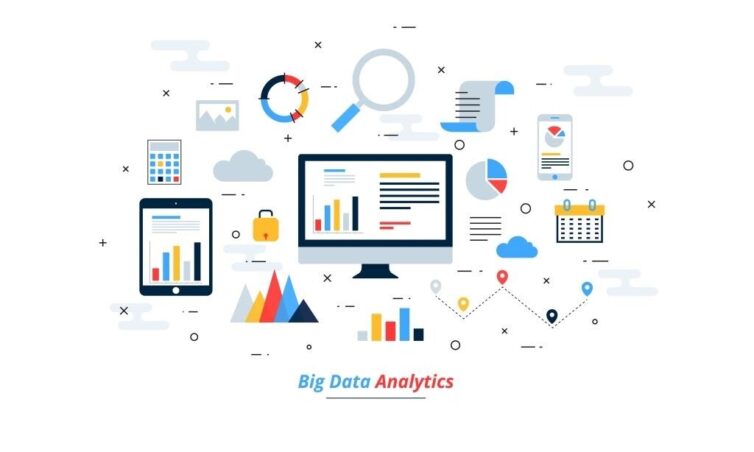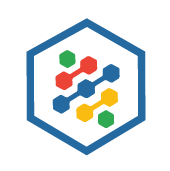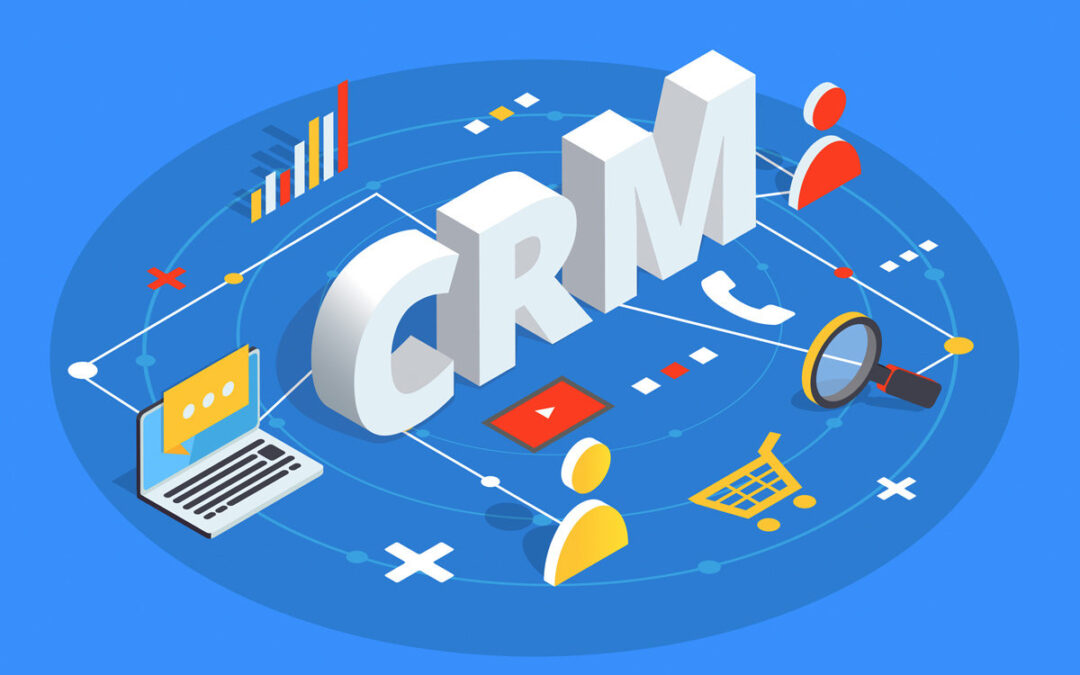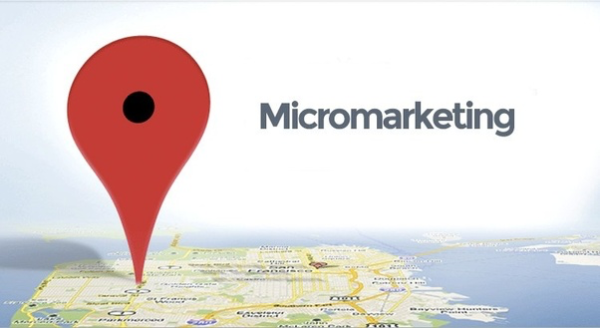
Big Data Analytics
What is Big Data
Big data analytics is the process of analyzing vast volumes of data to find hidden trends, associations, and other insights. In the modern world, anyone can analyze data and receive feedback quickly, conventional business intelligence tools on the other hand are slower and less reliable.
Advancement of Big Data Analytics
The idea of big data has been around for generations, and most companies now realize that if they collect all of the evidence that flows through their operations, they can use analytics to extract substantial value. Big data analytics is essential because it can provide actionable insights and help an organization make better decisions. The advantages of big data analytics are speed and performance, as today’s businesses can find insights for immediate decisions. Big Data Analytics is much more realistic than older approaches, and businesses can use data insights to make better business decisions. Companies used to be able to only communicate with their customers one-on-one in stores. However, with the introduction of Big Data Analytics, something has improved. Corporations can now interact directly with each customer online to learn what they want! Big data analytics looks at a lot of data to find hidden trends, associations, and other details. With today’s technology, you can analyze the data almost instantly and get answers.
Why is Big Data Analytics Important for SMEs
Big data analytics assist businesses in harnessing their data and identifying potential opportunities, by predicting the needs of consumers and assists them in determining when they want their task to be accomplished. As a result, better strategic decisions, more productive processes, higher income, and happy consumers follow.
Cost Cutting
When it comes to storing vast volumes of data, big data tools and cloud-based analytics provide considerable cost savings, as well as the ability to find more effective ways of doing business.
Productive Decision Making
Businesses can evaluate information quickly – and make decisions based on what they’ve discovered – thanks to analytics pace and in-memory analytics, as well as the ability to interpret various types of data.
Machine intelligence, mobile devices, social media, and the Digital Economy are driving data sources to become more complex than conventional data sources. For Instance Sensors, computers, networks, log files, transactional software, the internet, and social media all generate various types of data, much of it in real-time and on a wide scale.
Conclusion
Big data analytics will help you make smarter and quicker decisions, model and forecast future results, and improve your business intelligence. In the present era, the quantity of data is overwhelming. However, whether used alone or in conjunction with existing conventional data, big data presents enormous opportunities for companies. These new data sources can be used by data scientists, analysts, academics, and enterprise customers to perform predictive analytics and support creative big data applications. Big data analytics can’t be summed up in a single technology. Of course, emerging technologies can be used to analyze big data, but many innovations implement to help you get the most out of your data. Some of them are machine learning, data mining, text analytics, data management, and much more.








